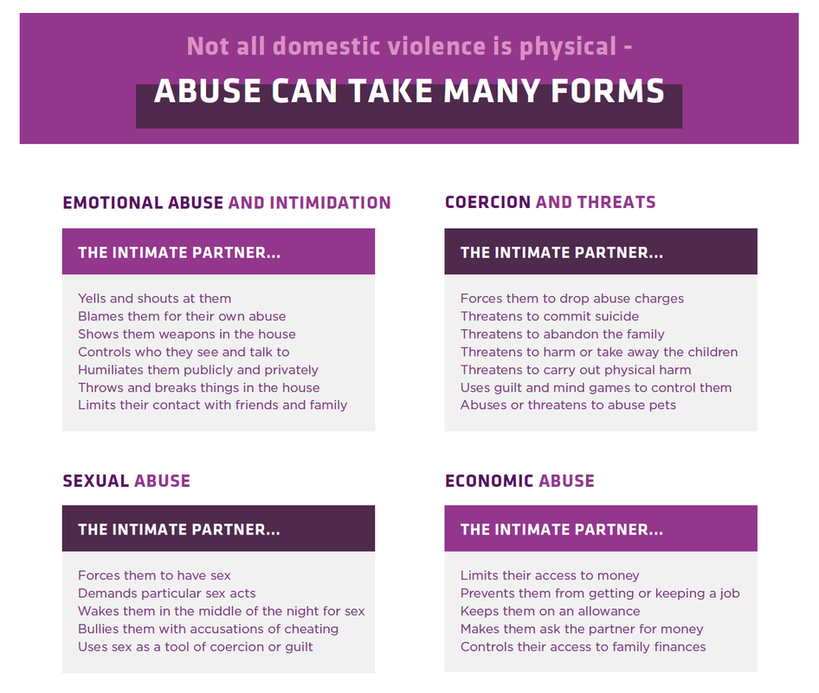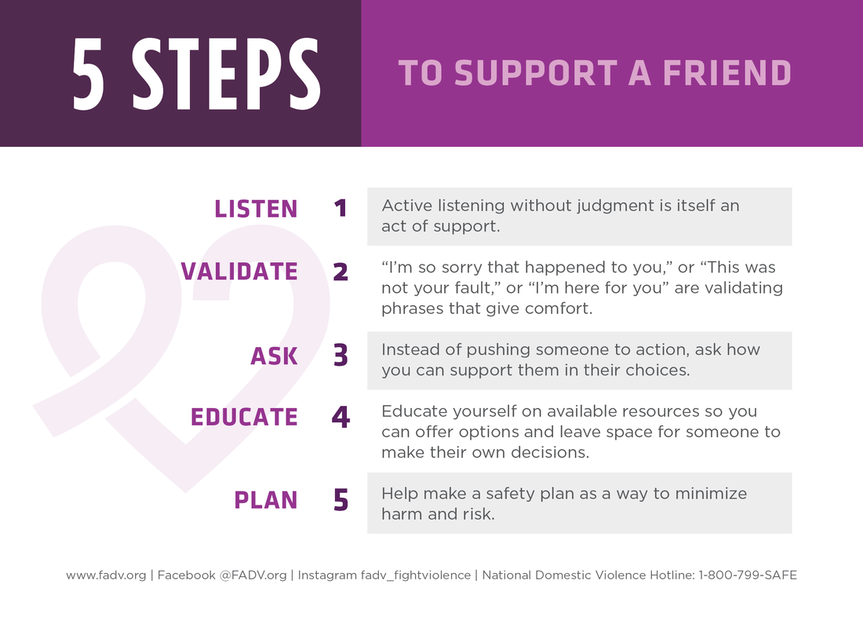Get the Facts
One woman's story of domestic violence
Content Warning: This video contains descriptions of physical, emotional, verbal, and sexual violence.

Jennifer Andrus is an Associate professor of Writing and Rhetoric Studies at the University of Utah. She teaches courses on rhetorical theory, discourse analysis, legal rhetoric, and gender & rhetoric. Her research for the last decade has been on domestic violence and the Anglo-American law of evidence She has written numerous articles and a book entitled Entextualizing Domestic Violence: Language Ideology and Violence Against Women in the Anglo-American Hearsay Principle. In addition to her scholarly duties, Dr. Andrus is a founding board member of Fight Against Domestic Violence. She firmly believes that domestic violence is a public matter that needs space in current discussions of the social issues facing our communities. In addition to being a scholar and advocate, Dr. Andrus is the mother to three wonderful daughters.
What is Domestic Violence?
Intimate Partner Violence and Domestic Violence are often used interchangeably. At Fight Against Domestic Violence, we use both terms to talk about the wide range of “intimate” violence people encounter daily. Domestic violence crosses all intersections of race, class, sex, gender, gender identity, sexual orientation, and ability. FADV stands with victim/survivors of all types and supports organizations that work with any of these populations.
Domestic violence is the “willful intimidation, physical assault, battery, sexual assault, and/or other abusive behavior as part of a systematic pattern of power and control perpetrated by one intimate partner against another. It includes physical violence, sexual violence, psychological violence, and emotional abuse. The frequency and severity of domestic violence can vary dramatically; however, the one constant component of domestic violence is one partner’s consistent efforts to maintain power and control over the other” (NCADV).

Domestic violence is underfunded and under discussed in society. The violence is normalized and even seen as inevitable in many popular films, songs, and other media. According to the National Coalition Against Domestic Violence (NCADV), 1 in 3 women and 1 in 4 men will be victims of intimate partner violence in their lifetimes in the United States alone.
To learn about domestic violence statistics in your state, see NCADV’s state-by-state statistics and fact sheets.
How Do I Get Help?
If you are in immediate danger, please call 911.
If you live in the United States, and you need anonymous, confidential help, 24/7, please call the National Domestic Violence Hotline at 1-800-799-7233 (SAFE) or 1-800-787-3224 (TTY).
You are the best judge of your situation and you know your partner best. If you are in an unsafe situation, and you are being abused, please remember that you are not to blame, you have nothing to be ashamed of, and that there is hope and help. If you decide to take action, there are many tools and resources to support you. Most countries have a designated hotline for domestic violence help.
You can find a list of domestic violence service providers and learn more about the topic of domestic violence at the National Network to End Domestic Violence and at Domestic Shelters.
You can also use online tools to assess the danger level of your situation and to develop a safety plan to help you prepare to leave the relationship, if you choose to do so.
How Do I Support My Loved Ones?
If you know someone who is being abused, you must trust their ability to make their own choices. They know the abuser best, and they are the best judge of their situation. But you can be a supportive friend and ally by being a listening ear and by knowing the resources available in your area.


